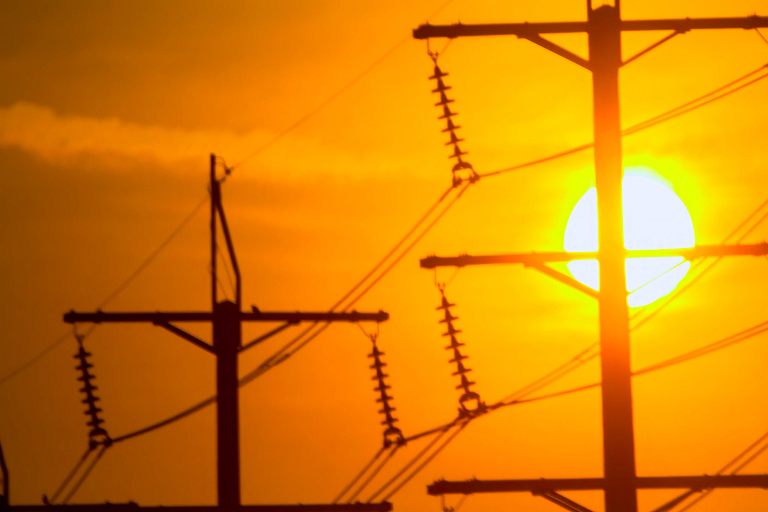
The combination of threats from COVID-19 and extreme heat in many socially vulnerable communities across the United States is a real concern for public health officials, highlighting the need to better understand how compounding factors can increase COVID-19 risks.
In a new study published in GeoHealth, IUPUI researchers and colleagues examined the relationships between COVID-19 cases and deaths, social vulnerability and environmental measurements in 3,400 counties across the country’s 48 contiguous states. Their findings show that from March 1 to Dec. 31, 2020, COVID-19 affected different counties across the U.S. at different points in time, and the most socially vulnerable communities were impacted more significantly during the summer months. They also identified social and environmental risk factors that may put communities at higher risk.
“We have been able to provide links between social vulnerability and environmental determinants of COVID-19 that will aid in the modeling of newer outbreaks and in decreasing the impact of COVID-19 in our most vulnerable communities,” said Daniel Johnson, corresponding author on the study and an associate professor of geography in the IU School of Liberal Arts at IUPUI. “While COVID-19 may not be as impactful in the future as it was early on, it will likely be an annual concern for health authorities, and my hope is that they can use the models I have built to pinpoint the more vulnerable communities most at risk.”

